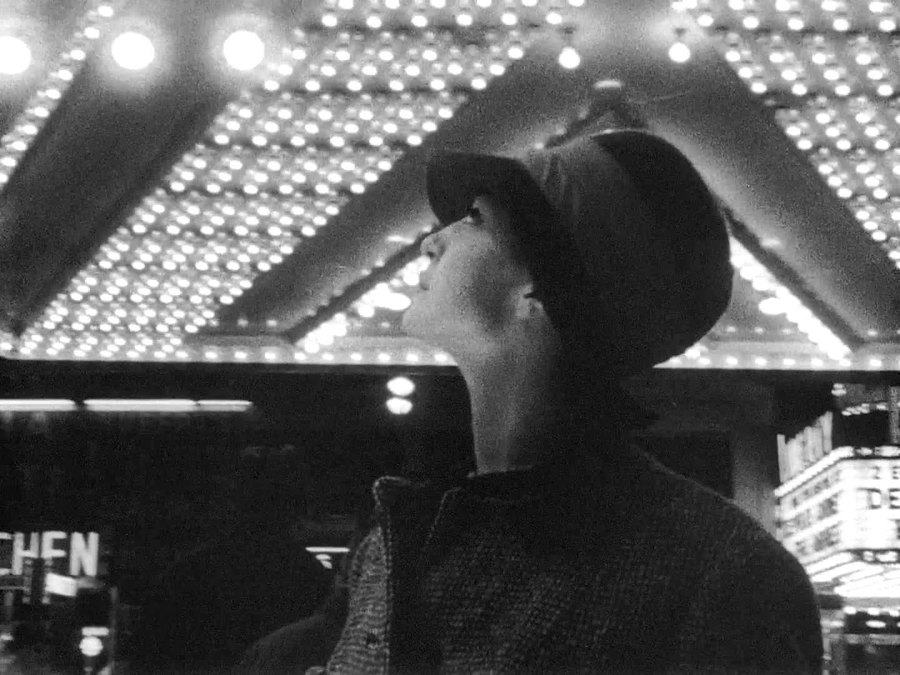It’s received wisdom that John Cassavetes’ Shadows is the film that unofficially gave birth to the modern American independent film. Financed through an in-person network of friends and supporters back when Kickstarter wasn’t an option (including a wave of listener donations following a radio pitch), Shadows embodies the mythic origin story of bootstrap DIY cinema. The labels surrounding Cassavetes’ style are also well-worn by now: as a major proponent of an improvisational filmmaking approach, he has inspired legions of low-budget imitators chasing spontaneous beauty (with lackluster results to show more often than not). Shadows itself boasts of its off-the-cuff brilliance with a closing title card: “The film you have just seen is an improvisation.” But this boast is belied by the fact that Shadows was mostly scripted and developed through improvisations in Cassavetes’ acting workshops. Cassavetes’ legacy often gets reduced into a motivational aphorism for aspiring broke filmmakers amounting to: “just go out and shoot and it’ll all come together with great!” If only.
What doesn’t get talked about enough with Cassavetes is the tremendous care and craft put into his filmmaking, guided by an intense, instinctive awareness of human behavior in all of its difficulty and complexity. His sensitivity to such moments, scaling from raging mania all the way to needlepoint nuance, can be found in film after film and contributes to his reputation as the quintessential actor’s director. But such praise risks being backhanded because it gives short shrift to any consideration of his handling of cinematic technique. You can look no further than this video essay examining the most beautifully sad and tender moment in Shadows, and possibly all of Cassavetes’ films: the love scene between Leila (Leila Goldoni, the film’s shining star) and Tony (Tony Ray, son of film director Nicholas Ray). This scene practically epitomizes all the nervousness, excitement, and pain of the twenty-something hookup: they should play this scene as a public service announcement before every Tinder transaction.
Key to the scene’s brilliance is thoughtful camera placement, framing, and movement to mark the ever-changing dynamics between the couple. There’s a breathtaking range of editing tactics on display in just this six-minute sample: from the masterful minute-and-a-half long take at the beginning to the drastic cutting towards the end that marks the shattering of the romantic encounter. And, of course, those titular shadows. In this scene, they amount to gaping abyss-like spaces of loneliness and despair into which Leila risks falling. This is truly one of the supremely heartbreaking moments in American cinema, big or small.




